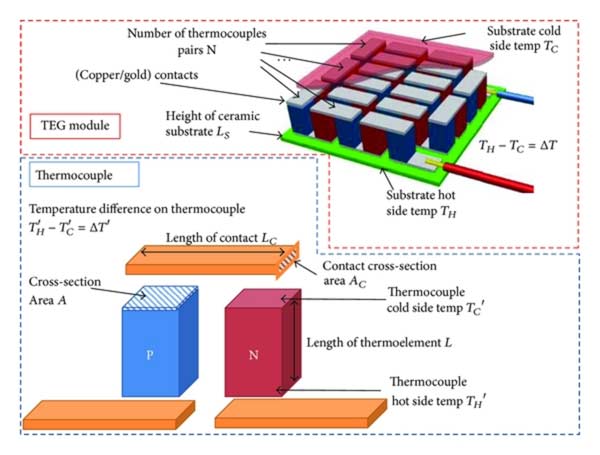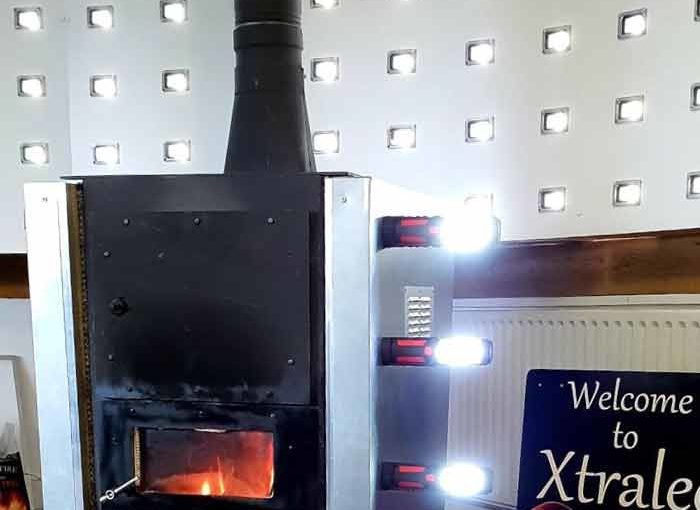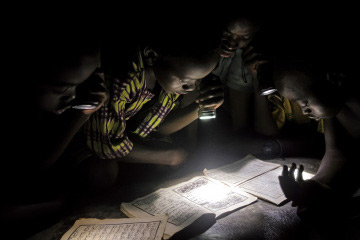Once used in outer space with a technology so expensive that until a short few years ago the TEG could have never been used in our every day lives.

The Teg
How the TEG works. We liken its operation to a thunder storm. When a hot cloud meets a cold cloud a bolt of lightening erupts (electricity) with Thermo electrics when a heat is placed on one side of a TEG plate and cold on the other an electrical current erupts ( electricity).
Thermo Electricity invented in the mid 1800s, used in space technology during the 1970s is now in every day use. Until recently only a very small amount of electricity could be produced by a Thermo electric (TEG) plate. In order to create a significant amount of electricity hundreds of these plates had to be coupled together. The cost of production made it impossible to consider use outside specific areas with enormous amounts of available funding.
During recent years projects have started to emerge. Mostly projects requiring small amounts of electricity, perhaps only enough to charge a mobile phone.
Our story, from acorns to oak trees really has happened.
Development has taken another major turn. This time, rather than charge a mobile phone, Xtralec has seen heat driven generators capable of producing enough electricity to power a remote off grid village giving everyone a chance of a better future.



